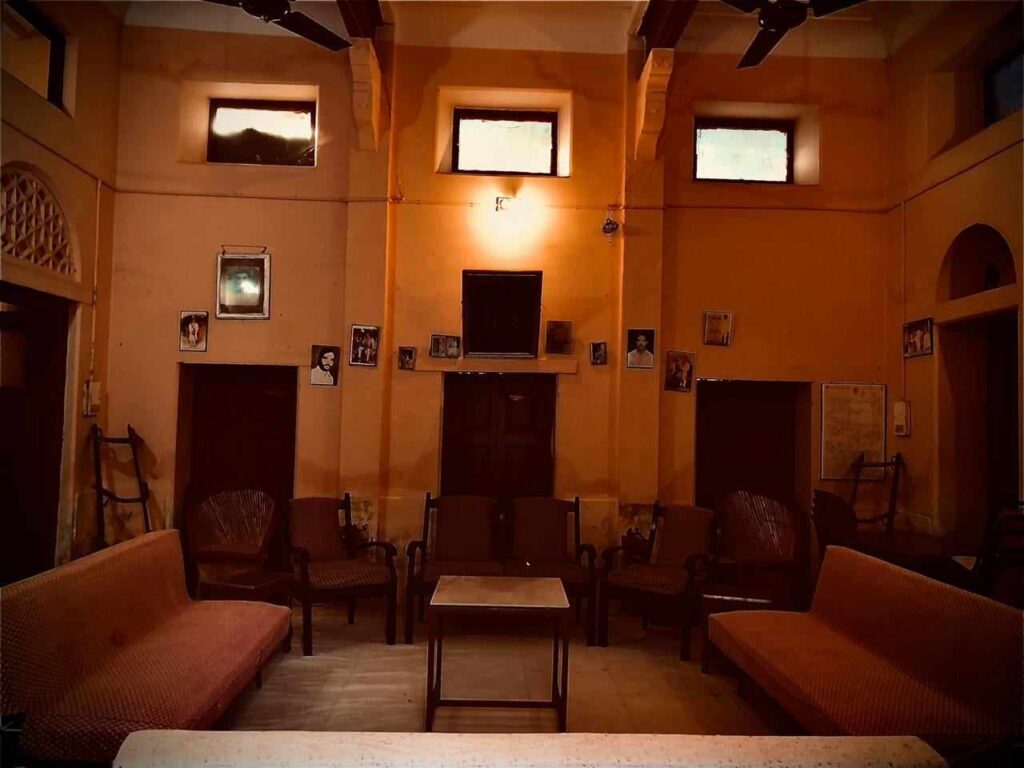Chelawas Rawla: A Hidden Gem of Rajasthan’s Royal Heritage

Introduction
Rajasthan, the land of majestic forts and palaces, is home to numerous heritage structures that reflect its royal past. Among these hidden treasures lies Chelawas Rawla, an architectural marvel that encapsulates the grandeur of Rajput heritage. While it is not as widely known as the grand palaces of Jaipur or Udaipur, Chelawas Rawla remains an enchanting site for history enthusiasts and heritage lovers.
This article delves into the historical, architectural, and cultural significance of Chelawas Rawla, highlighting its role in preserving Rajasthan’s regal traditions.
Historical Significance of Chelawas Rawla
Chelawas Rawla has a rich and intriguing history, deeply rooted in the legacy of Rajasthan’s noble families. It was once a residence for the ruling elite, showcasing the lavish lifestyle and refined taste of the Rajputana era. The word ‘Rawla’ refers to a traditional aristocratic mansion, often serving as a home for nobility or a prominent chieftain in Rajasthan.
Notably, this historical residence not only served as a strategic outpost in medieval Rajasthan but also functioned as a cultural hub, where art, music, and traditions flourished. Over the centuries, it has witnessed the transformation of Rajasthan, preserving stories of valor and heritage within its walls.
Architectural Brilliance of Chelawas Rawla
One of the most captivating aspects of Chelawas Rawla is its unique architecture, which blends Rajput and Mughal influences.
Key Architectural Features:
- Ornate Facades: The exteriors boast intricate carvings, reflecting the artistic finesse of Rajput craftsmen.
- Jharokhas (Overhanging Balconies): These traditional balconies provide a stunning view of the surrounding landscape while ensuring privacy.
- Chhatris (Dome-Shaped Pavilions): The structure is adorned with beautifully crafted domes that add to its grandeur.
- Courtyards: Central courtyards served as communal spaces, reflecting the social and cultural lifestyle of the Rajput families.
- Frescoes & Wall Paintings: Some sections of the Rawla feature exquisite paintings that depict stories of mythology, warfare, and royal ceremonies.
Furthermore, the use of sandstone and marble, common in Rajasthani architecture, adds an element of durability and elegance to the structure. The detailed carvings and ornamental designs make Chelawas Rawla a true masterpiece of historical architecture.
Cultural and Social Influence
Chelawas Rawla was more than just a residence; it played a significant role in Rajasthan’s social and cultural life. The Rawla was a center for traditional festivals, gatherings, and performances that celebrated the vibrant culture of the region.
Important Cultural Aspects:
- Folk Performances: The Rawla once hosted mesmerizing Rajasthani folk music and dance performances, such as Ghoomar and Kathputli puppet shows.
- Royal Banquets: Lavish feasts were organized in its grand halls, showcasing the rich culinary heritage of Rajasthan.
- Spiritual Significance: Many Rawlas in Rajasthan housed temples or shrines, reflecting the deep spiritual connection of the nobility.
Even today, the remnants of these traditions can be observed through local storytelling and the preservation efforts of heritage enthusiasts.
Preservation Efforts and Tourism Potential
While Chelawas Rawla may not be as popular as Rajasthan’s major tourist destinations, its historical and architectural value makes it a prime candidate for heritage conservation. Therefore, several efforts are being made to restore and maintain the structure, ensuring that its legacy remains intact.
Potential for Heritage Tourism:
- Eco-Tourism & Heritage Stays: Converting the Rawla into a boutique heritage hotel could attract travelers seeking authentic cultural experiences.
- Cultural Festivals & Events: Hosting traditional festivals and storytelling sessions could revitalize the site.
- Educational Initiatives: Collaborating with historians and archaeologists to create guided tours and research programs.
Moreover, with proper conservation and promotion, It has the potential to become a sought-after destination for history lovers and cultural explorers.
Conclusion
Chelawas Rawla stands as a silent testimony to Rajasthan’s glorious past, offering a glimpse into the lives of its noble residents. From its majestic architecture to its cultural importance, this hidden gem deserves greater recognition in India’s heritage tourism landscape.
For travelers looking to explore Rajasthan beyond the well-known forts and palaces, Chelawas Rawla provides a perfect blend of history, architecture, and cultural legacy. As efforts to restore and promote such lesser-known sites gain momentum, Chelawas Rawla is set to reclaim its rightful place among Rajasthan’s treasured landmarks.






